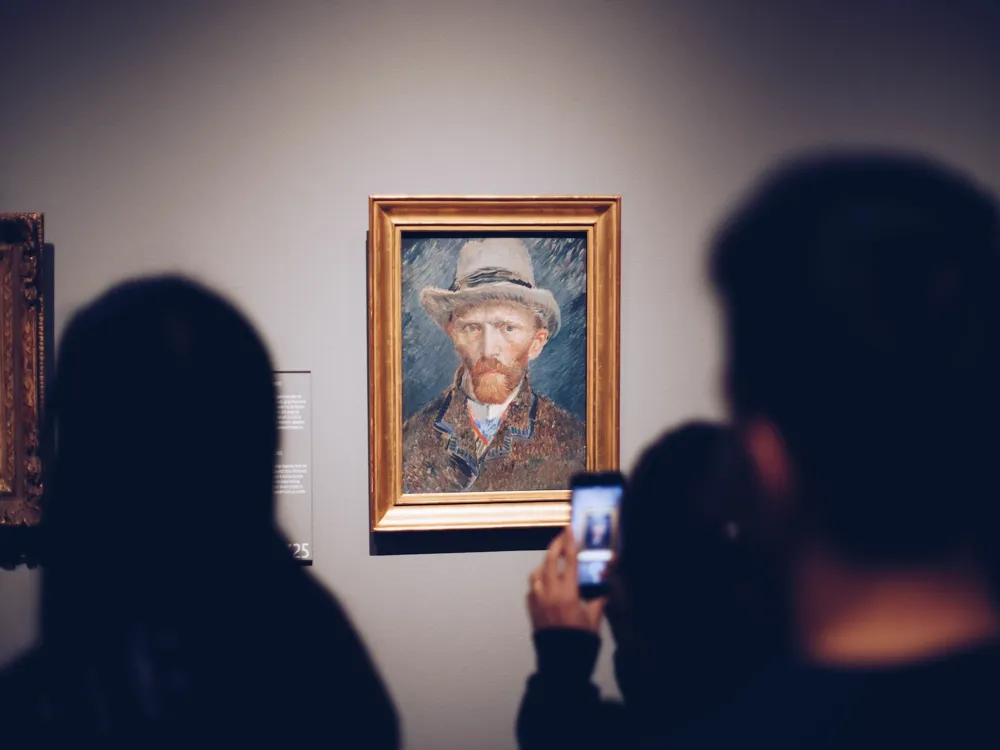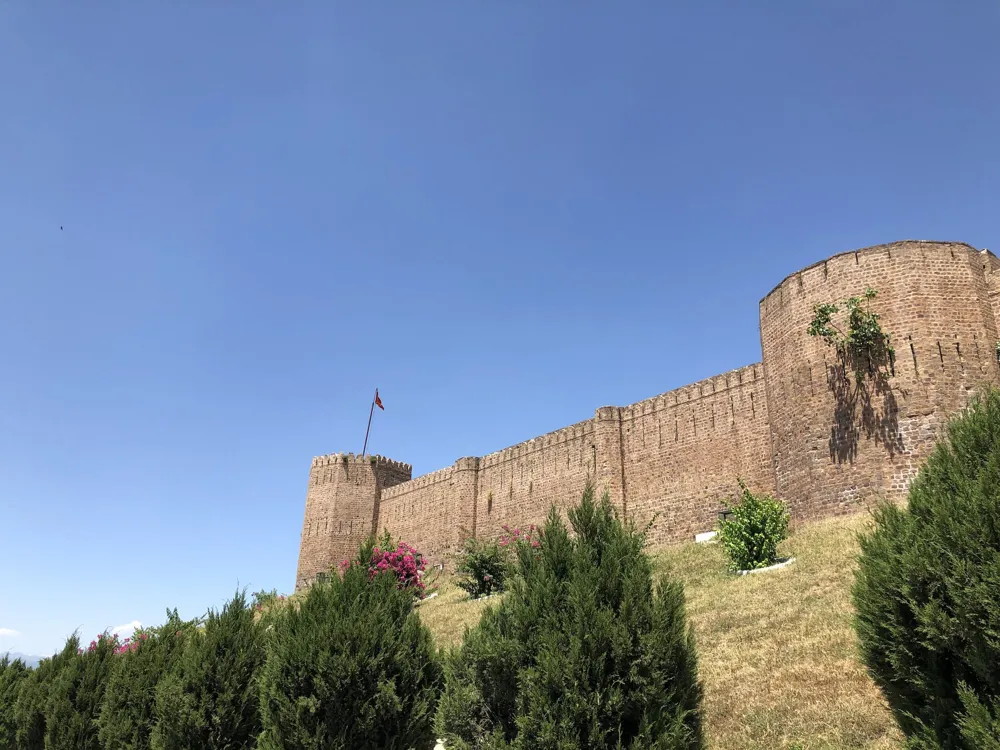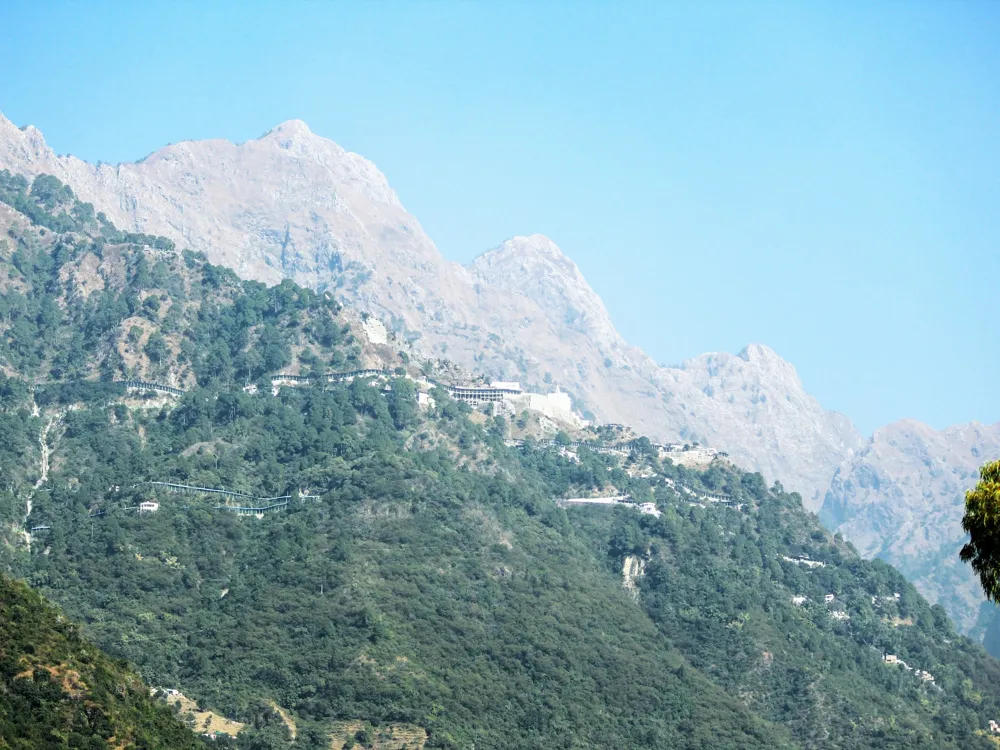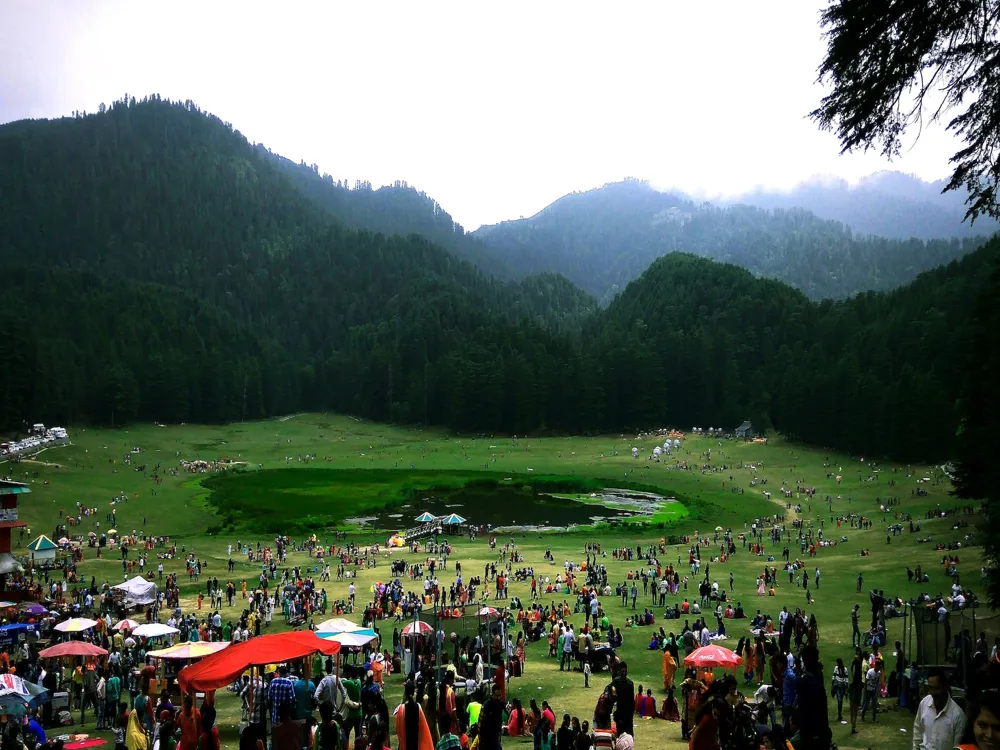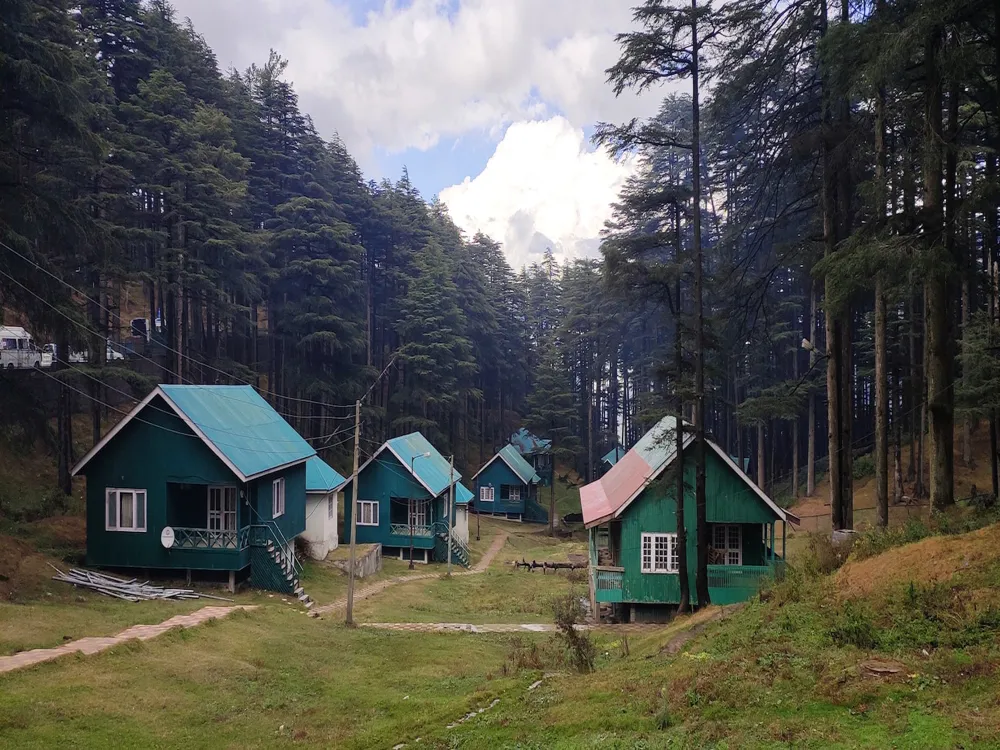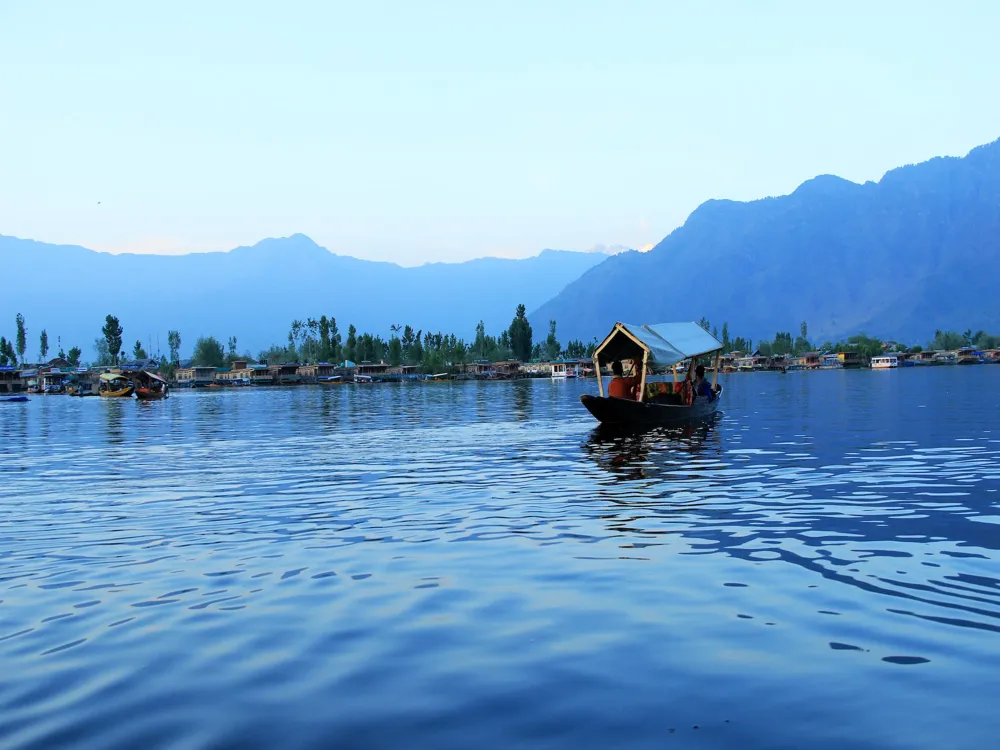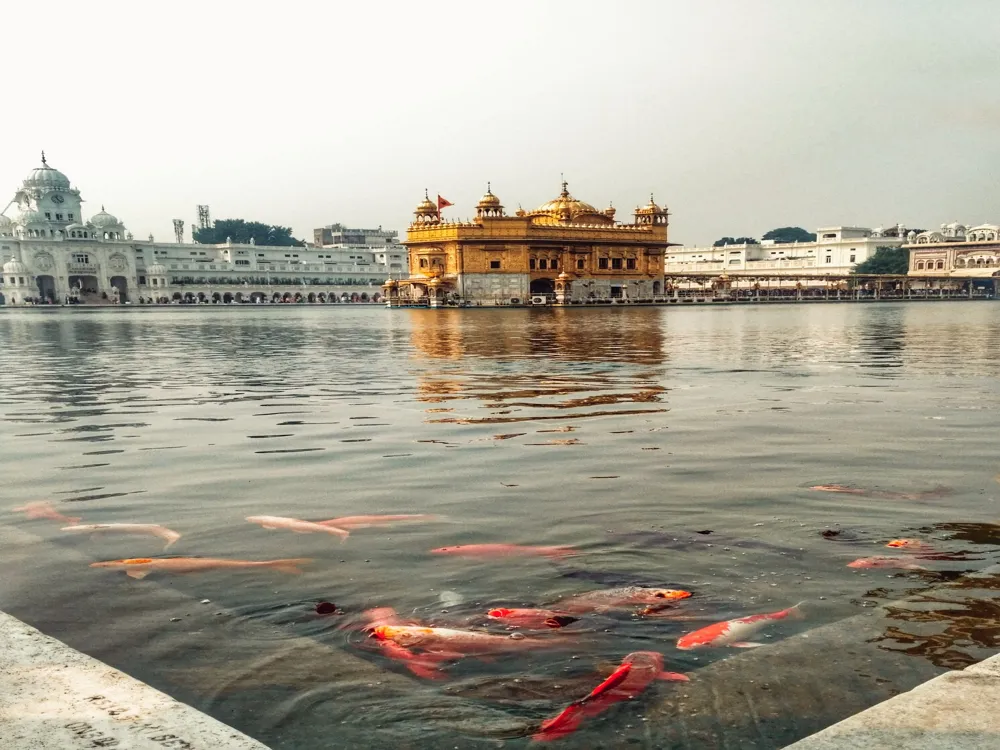Peer Kho Cave, a revered shrine nestled in the picturesque landscape of Jammu, Jammu and Kashmir, is a testament to the region's rich spiritual heritage. Also known as the 'Jamvant Cave,' this ancient site is steeped in mythological significance and attracts devotees and tourists alike. Legend has it that the cave is the abode of Lord Shiva, making it a significant pilgrimage site for Hindus. The Peer Kho Cave is set against the backdrop of the majestic Tawi River, enhancing its serene and mystical ambiance. The cave's history is intertwined with the lore of the epic Mahabharata, believed to be the retreat of Jamvant, the bear god, who played a crucial role in the Ramayana. This historical and mythological relevance adds to the cave's allure, drawing visitors to explore its mysteries and spirituality. Spanning a rich history that dates back to ancient times, the cave is not just a religious site but also a symbol of the cultural tapestry of Jammu and Kashmir. Its annual fairs and festivals, most notably the Shivratri, see a confluence of devotees, highlighting the cave's role in the region's communal harmony. The Peer Kho Cave, with its deep spiritual roots and cultural significance, remains a cornerstone of Jammu's heritage. The architecture of Peer Kho Cave is a marvel in its own right, reflecting the ancient craftsmanship and spiritual ethos of the era. Carved into a cliff, the cave temple presents a blend of natural and man-made elements, creating a unique space for worship and meditation. The main cave leads to a sanctum sanctorum, where the naturally formed Shiva lingam is enshrined, embodying the cave's divine essence. The entrance of the cave is marked by a series of steps that descend into the sanctum, symbolizing a journey from the material world into a spiritual realm. The cave's interiors are austere yet powerful, with the rocky walls and dim lighting adding to its mystical atmosphere. Devotees often describe a sense of tranquility and divine presence within the cave, attributed to its architectural design that harmonizes with nature. Over the years, the architecture of Peer Kho Cave has been preserved, retaining its original form and spiritual ambiance. This preservation is a testament to the reverence it commands and the efforts to maintain its sanctity. The cave's architectural simplicity, combined with its historical and religious significance, makes it a unique pilgrimage site, offering a glimpse into the ancient spiritual practices of the region. Visitors are advised to dress modestly out of respect for the religious significance of the cave. Comfortable and conservative attire is recommended, especially during religious festivals. As a revered religious site, visitors should maintain decorum inside the cave. It's important to speak softly, avoid littering, and respect the rituals and practices observed within the premises. The descent into the cave involves stairs, so visitors with mobility issues should be cautious. Also, the cave can be damp and slippery, so wearing appropriate footwear is essential. While photography may be allowed in certain areas, it's crucial to abide by any restrictions, especially inside the cave. Always ask for permission before taking pictures of any religious rituals or devotees. The best time to visit Peer Kho Cave is during the cooler months from September to April. During the Shivratri festival, the cave is particularly vibrant, offering a unique cultural experience. Peer Kho Cave is easily accessible from various parts of Jammu. The nearest airport is the Jammu Airport, which is well-connected to major cities in India. From the airport, one can hire taxis or use local transport to reach the cave. Jammu Tawi Railway Station is the nearest railhead, connecting Jammu to other parts of the country. Regular bus services and private vehicles also make it convenient for visitors to reach Peer Kho Cave from different locations within Jammu. Read More: Overview of Peer Kho Cave, Jammu
Architecture of Peer Kho Cave
Tips When Visiting Peer Kho Cave
Dress Appropriately
Respect the Sanctity
Health and Safety
Photography Rules
Best Time to Visit
How to Reach Peer Kho Cave
Peer Kho Cave
Jammu
Jammu And Kashmir
₹ 5,000 onwards
View jammu Packages
Weather :
Tags : Cave
Time Required : 2 to 3 hours
Planning a Trip? Ask Your Question
Jammu Travel Packages
View All Packages For Jammu
Top Hotel Collections for Jammu

Private Pool

Luxury Hotels

5-Star Hotels

Pet Friendly
Top Hotels Near Jammu
Other Top Ranking Places In Jammu
View All Places To Visit In jammu
View jammu Packages
Weather :
Tags : Cave
Time Required : 2 to 3 hours
Planning a Trip? Ask Your Question
Jammu Travel Packages
View All Packages For Jammu
Top Hotel Collections for Jammu

Private Pool

Luxury Hotels

5-Star Hotels

Pet Friendly








